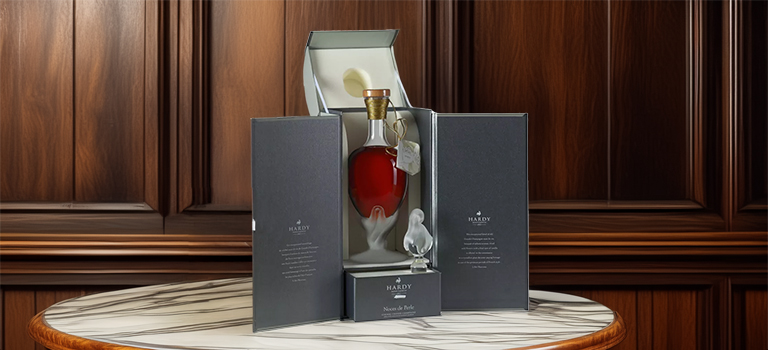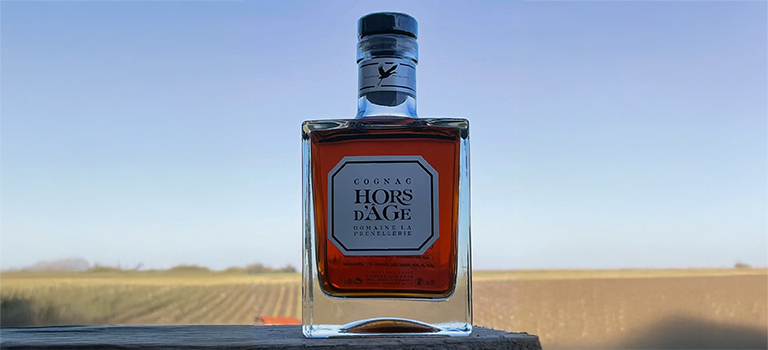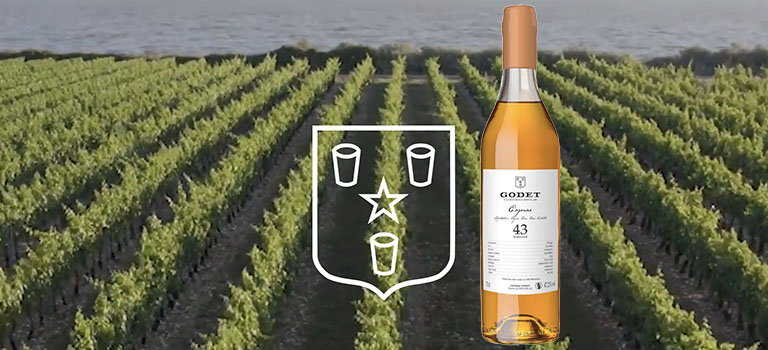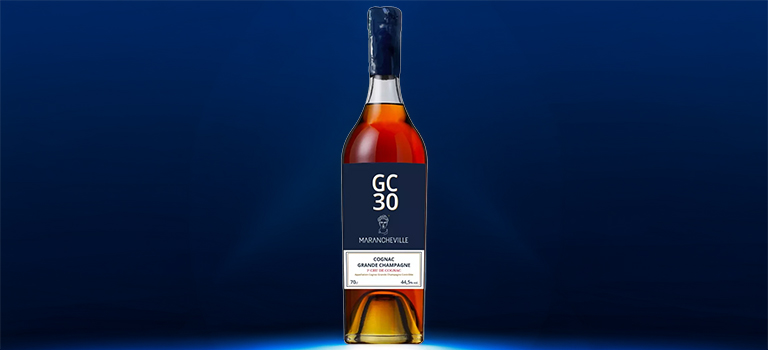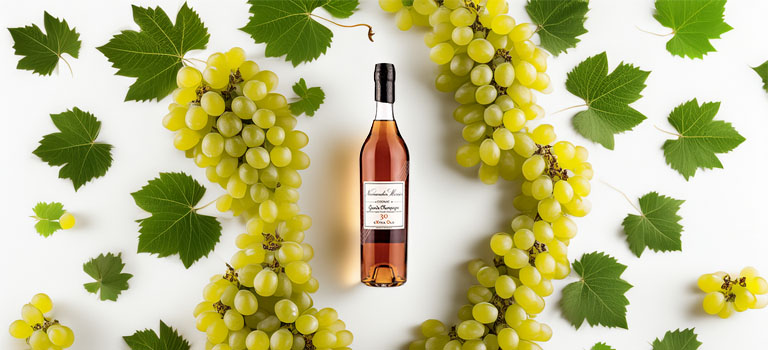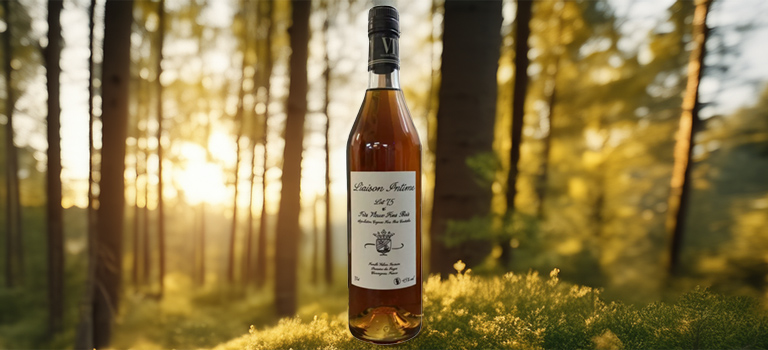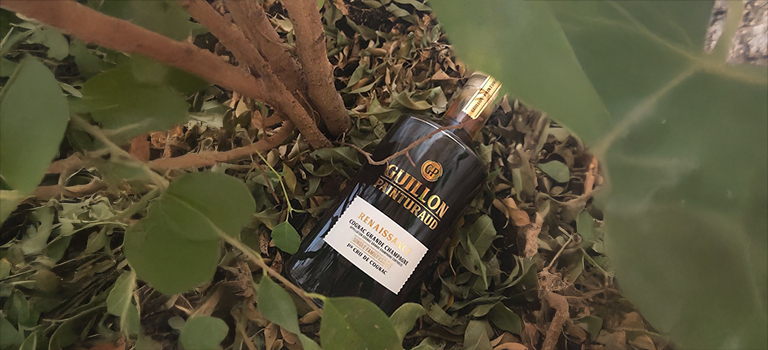The penultimate cognac in our Cognac-Expert Advent Calendar is a 30-year-old Hardy Noces de Perle Cognac. Cognac Hardy, established in 1863 by British-born Anthony Hardy, is a testament to passion and resilience in the cognac world. After relocating to France and embracing French culture – adopting the name Antoine and the rooster as his emblem – Hardy earned a stellar reputation for his dedication to Fine Champagne cognac, evidenced by awards such as the 1869 Diploma of Excellence at the Amsterdam Exhibition. Despite challenges like the devastating phylloxera outbreak in the late 19th century, Hardy preserved sufficient reserves to rebuild and expand globally. Over generations, leadership passed through family hands, with each era bringing innovation and market growth. Notable milestones include the invention of ‘Anniversary’ cognacs in 1960, marked by the creation of iconic decanters like Noces de Perle (30 years) and Noces d’Albâtre (75 years). Under Jacques Hardy’s leadership, the company extended its reach to new continents. He retired in 1999, and the company name changed from A. Hardy et Cie to Cognac Hardy.
Read more